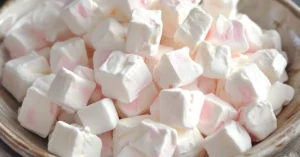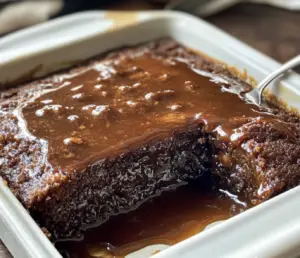Nata de Coco Recipe , a chewy, translucent, jelly-like food product produced by the fermentation of coconut water, has been a popular dessert and snack not just in the Philippines, where it originated, but also across various parts of the world. Its unique texture and refreshing taste make it a favorite topping for ice creams, salads, drinks, and other sweet treats. If you’re intrigued by this delightful delicacy and are itching to try making it at home, you’re in for a treat!
Nata de Coco is considered a healthful food due to its linked nutritional content. It’s low in calories yet high in dietary fiber, aiding digestion and contributing to a feeling of fullness, which can be beneficial for weight management. The rising demand for natural and nutritious food products has led to an increase in the popularity of Nata de Coco. Consumers are becoming more health-conscious, showing a willingness to pay a premium for food items that offer health benefits. This shift in consumer purchasing patterns, coupled with a growing concern for health and the environment, has spurred the market demand for Nata de Coco.




